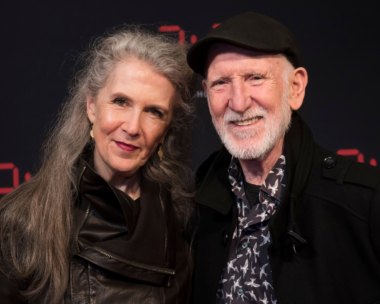The nurturing instinct of new parents often leads them to focus heavily on their baby’s feeding. So how long should you breastfeed?
Ultimately it’s up to you but breastfeeding exclusively for the first six months, then providing complementary food with continued breastfeeding up to two years of age is recommended by the World Health Organization (WHO).
Breastmilk provides the best possible nourishment for your baby, it also helps you bond, encourages your uterus to contract more quickly and can help you lose any extra weight gained during pregnancy.
Some babies and breasts go well together right from the start, but there are many mums and bubs who need a helping hand.
Continues after video …
Solve your breastfeeding worries with these tips:
Close connections
Breastfeeding can be helped along with plenty of skin-on-skin contact between a mother and her baby. Placing a naked baby on her mum – or dad’s – bare chest immediately after birth creates a bond between parent and child. Research shows close physical contact helps to calm babies, leading them to develop more settled sleep patterns and encouraging successful breastfeeding, since a calm baby is more likely to attach well.
Feeling full
When your milk first comes in or your baby starts feeding less, your breasts may start to become engorged, feeling hard, hot and painful. This happens because there’s more milk in the breast than your baby can consume in one feed. To prevent engorgement in the early weeks, feed your baby frequently (eight to 12 times in 24 hours). Offer the first breast twice before you offer the second to settle the breasts and give you relief. A cold compress on the breast for short periods can help reduce pain. Paracetamol is also effective and safe for you to take.
Sorting supply
At first you may find you have so much milk it causes temporary difficulties. But this will usually settle down during the first six weeks of your baby’s life. She may splutter at times when the milk ‘lets down’ (you’ll probably feel a tingling sensation), but as the flow becomes more consistent, you’ll find your bub feeds more easily without spluttering. In the meantime, try expressing a little milk before feeding. And if you are leaking milk between feeds, breast pads will help keep the skin’s surface dry. Many women worry about their ability to supply enough breast milk for their baby. This is natural, since you can’t measure how much milk she is consuming. Signs that indicate bub is feeding sufficiently include correct attachment, strong sucking and swallowing, plus eight or more feeds and about six wet nappies in 24 hours.

Some babies and breasts go well together right from the start, but there are many mums and bubs who need a helping hand. Image: Getty Images
Sore nipples
If soreness is due to poor attachment (the most common cause), your nipple will look pinched or misshapen when bub comes off the breast. It usually heals on its own, but if pain persists, contact a breastfeeding counsellor or a lactation consultant.
Tender lumps
Sometimes one of the tiny tubes carrying breastmilk can become blocked, causing a painful lump. To avoid developing an infection called mastitis, you need to get your milk moving again. If your temperature is over 38°C, you have muscle ache and a hard, reddened area on your breast, see your doctor, who may prescribe antibiotics for the infection.
A helping hand
Midwives, your early childhood centre and lactation consultants can all provide advice and information. The Australian Breastfeeding Association (ABA) also
supports breastfeeding women with its phone / email advisory service, meetings and publications. See www.breastfeeding.asn.au



.png)